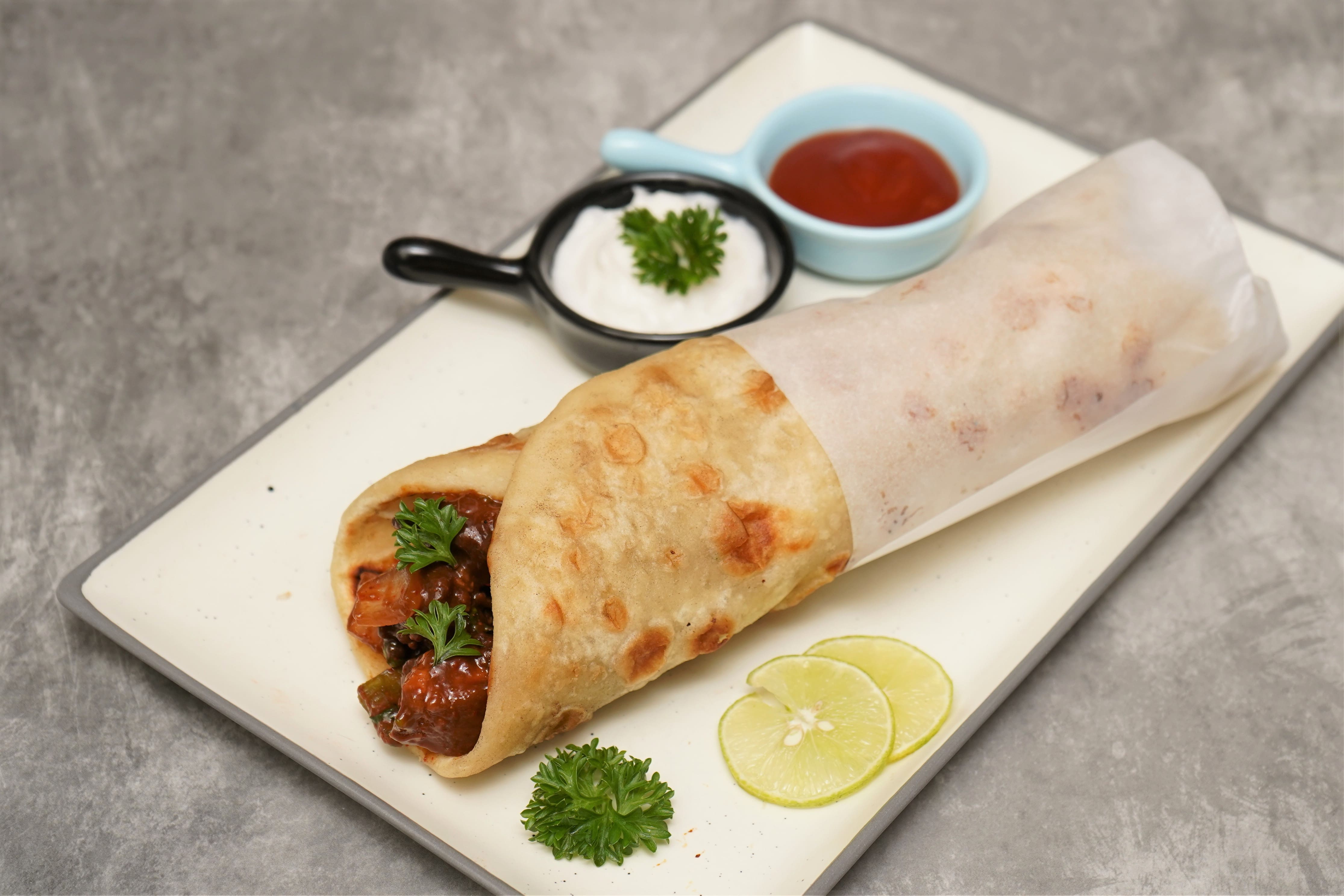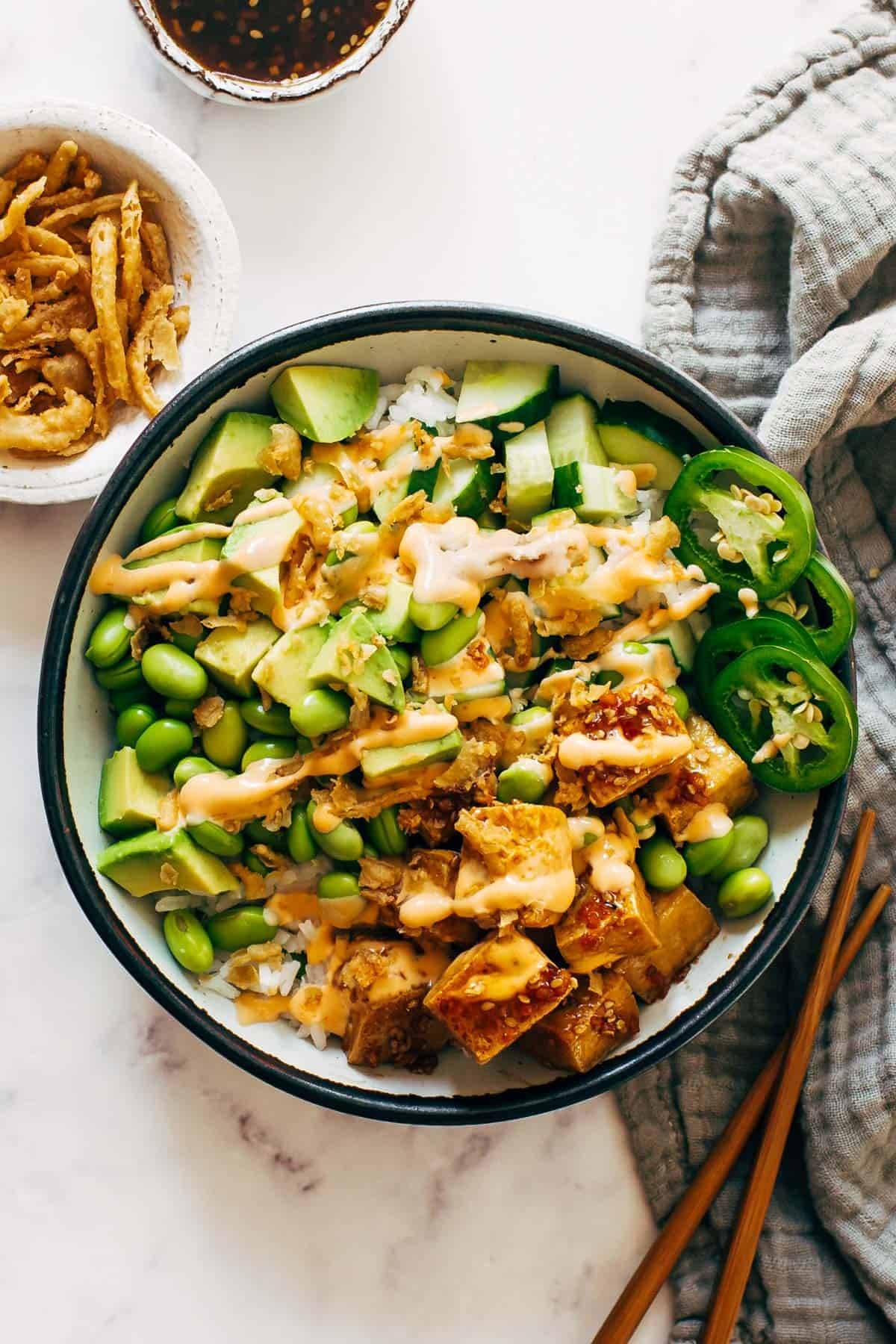Rolls And Bowls: The Ultimate Guide To Elevating Your Dining Experience
Let’s talk about rolls and bowls, folks! Whether you’re hosting a dinner party, cooking up something special for your family, or just craving a comforting meal, rolls and bowls are game-changers in the culinary world. They’re versatile, customizable, and oh-so-delicious. But what exactly makes them so irresistible? Let’s dive right in and explore why these humble yet powerful food staples deserve a spot in every kitchen.
Picture this: a warm, buttery roll paired with a hearty bowl of soup on a chilly evening. Or maybe a fresh salad bowl loaded with veggies, grains, and protein, served with a side of crusty artisan bread. Rolls and bowls aren’t just food—they’re a lifestyle. They bring people together, create memories, and satisfy cravings in ways that few other dishes can.
Now, before we get into the nitty-gritty details, let’s address the elephant in the room: why should you care about rolls and bowls? Well, my friend, if you’ve ever wondered how to elevate your meals without breaking the bank or spending hours in the kitchen, this is your golden ticket. From prep tips to recipe ideas, we’ve got you covered. So grab a snack (maybe a roll or two) and let’s get started!
Table of Contents
- The History of Rolls and Bowls
- Types of Rolls and Bowls
- Why Rolls and Bowls Are a Match Made in Heaven
- Perfect Pairings for Rolls and Bowls
- Preparation Tips for Rolls and Bowls
- Delicious Recipes Featuring Rolls and Bowls
- Health Benefits of Rolls and Bowls
- Cultural Significance of Rolls and Bowls
- Current Trends in Rolls and Bowls
- Frequently Asked Questions About Rolls and Bowls
The History of Rolls and Bowls
Alright, let’s take a trip back in time. Rolls and bowls have been around for centuries, each with its own fascinating backstory. Rolls, for instance, can be traced back to ancient civilizations like Egypt, where flatbreads were a staple food. As civilizations evolved, so did the art of bread-making, leading to the creation of the fluffy, soft rolls we know and love today.
Bowls, on the other hand, have always been a practical solution for serving food. From stone bowls in prehistoric times to the sleek ceramic and glass bowls of today, they’ve come a long way. The beauty of bowls lies in their versatility—they can hold anything from soups and salads to stews and desserts.
How Rolls and Bowls Became Popular
Over the years, rolls and bowls have gained popularity due to their adaptability. Rolls can be enjoyed as a standalone snack or paired with soups, stews, and salads. Similarly, bowls have become a canvas for chefs to showcase their creativity, whether it’s a vibrant poke bowl or a comforting pasta bowl.
Here’s a fun fact: during World War II, rationing led to the rise of simple yet satisfying meals, many of which featured rolls and bowls. These humble foods became symbols of comfort and community during tough times.
Types of Rolls and Bowls
When it comes to rolls and bowls, the options are endless. Let’s break it down:
Popular Types of Rolls
- Artisan Rolls: Think sourdough, ciabatta, and baguettes. These rolls are all about texture and flavor.
- Dinner Rolls: Perfect for family dinners, these soft, buttery rolls are a classic choice.
- Sweet Rolls: From cinnamon rolls to danishes, these treats are perfect for breakfast or dessert.
Popular Types of Bowls
- Salad Bowls: Packed with fresh ingredients, these bowls are a healthy and filling option.
- Pasta Bowls: Comfort food at its finest, pasta bowls can be customized with endless toppings.
- Buddha Bowls: A trendy choice for health-conscious eaters, these bowls combine grains, veggies, and protein.
Whether you’re in the mood for something sweet or savory, there’s a roll or bowl out there waiting to delight your taste buds.
Why Rolls and Bowls Are a Match Made in Heaven
So, why do rolls and bowls go so well together? It’s simple: they complement each other perfectly. Rolls add texture and richness to any dish, while bowls provide a convenient and stylish way to serve food. Together, they create a harmonious dining experience that’s hard to resist.
Here are a few reasons why rolls and bowls are a winning combination:
- They’re versatile and can be adapted to any cuisine or occasion.
- They’re budget-friendly and easy to prepare.
- They offer endless possibilities for customization.
Plus, who doesn’t love the convenience of serving food in a bowl and having a warm roll on the side? It’s the ultimate comfort combo!
Perfect Pairings for Rolls and Bowls
Now that we’ve established how amazing rolls and bowls are, let’s talk about some perfect pairings. Here are a few ideas to get you started:
Rolls and Soups
There’s nothing quite like a steaming bowl of soup paired with a warm, crusty roll. Whether it’s tomato soup with a grilled cheese roll or chicken noodle soup with a plain dinner roll, this combo is pure comfort food.
Rolls and Salads
For a lighter option, pair a fresh salad bowl with a small roll. This is great for lunch or a light dinner. Try a Caesar salad with a garlic herb roll for an extra burst of flavor.
Remember, the possibilities are endless. Experiment with different flavors and textures to find your perfect pairing!
Preparation Tips for Rolls and Bowls
Ready to try your hand at making rolls and bowls at home? Here are some tips to ensure success:
Tips for Making Rolls
- Use high-quality flour for the best texture.
- Don’t overwork the dough; it should be soft and pliable.
- Let the rolls rise in a warm, draft-free area for optimal results.
Tips for Making Bowls
- Start with a base like rice, quinoa, or pasta, then add your favorite toppings.
- Balance flavors by including something sweet, something savory, and something spicy.
- Don’t forget the finishing touches, like a drizzle of olive oil or a sprinkle of fresh herbs.
With these tips, you’ll be well on your way to creating restaurant-quality rolls and bowls in no time!
Delicious Recipes Featuring Rolls and Bowls
Let’s get to the good stuff: recipes! Here are a couple of ideas to inspire your next culinary adventure:
Recipe 1: Buttery Garlic Rolls
Ingredients:
- 2 cups all-purpose flour
- 1 packet active dry yeast
- 1/4 cup warm water
- 1/2 cup milk
- 1/4 cup butter, melted
- 1 teaspoon garlic powder
- Salt and pepper to taste
Instructions:
- Mix the flour, yeast, and warm water in a bowl. Let it sit for 5-10 minutes.
- Add the milk, butter, garlic powder, salt, and pepper. Mix until a dough forms.
- Knead the dough on a floured surface for about 10 minutes.
- Let the dough rise for an hour, then shape it into rolls and bake at 375°F for 15-20 minutes.
Recipe 2: Quinoa and Veggie Bowl
Ingredients:
- 1 cup quinoa
- 2 cups water
- 1 cup cherry tomatoes, halved
- 1 cucumber, diced
- 1 avocado, sliced
- 1 tablespoon olive oil
- 1 tablespoon lemon juice
- Salt and pepper to taste
Instructions:
- Cook the quinoa according to package instructions.
- In a bowl, combine the cooked quinoa, cherry tomatoes, cucumber, and avocado.
- Drizzle with olive oil and lemon juice. Season with salt and pepper.
These recipes are just the beginning. Get creative and make them your own!
Health Benefits of Rolls and Bowls
Believe it or not, rolls and bowls can be part of a healthy diet. Here’s how:
Health Benefits of Rolls
- Whole grain rolls are rich in fiber, which aids digestion.
- They’re a great source of carbohydrates, providing energy for the body.
- When made with minimal ingredients, rolls can be a clean and wholesome food choice.
Health Benefits of Bowls
- Bowls can be packed with nutrient-dense ingredients like veggies, lean proteins, and healthy fats.
- They’re a great way to control portion sizes and balance macronutrients.
- Customizable bowls allow you to cater to specific dietary needs, such as gluten-free or vegan.
By choosing the right ingredients, you can enjoy rolls and bowls without compromising on nutrition.
Cultural Significance of Rolls and Bowls
Rolls and bowls have played important roles in various cultures throughout history. In Europe, bread-making was a communal activity that brought people together. Similarly, in many Asian cultures, bowls are used to serve traditional dishes like ramen and pho, which are central to family gatherings and celebrations.
Today, rolls and bowls continue to be a symbol of unity and sharing. Whether you’re enjoying a home-cooked meal with loved ones or grabbing a quick bite at a local café, these foods remind us of the joy of eating together.
Current Trends in Rolls and Bowls
As food trends continue to evolve, rolls and bowls are keeping up with the times. Here are a few current trends to watch:
- Plant-Based Options: More and more people are opting for vegan and vegetarian rolls and bowls, filled with colorful veggies and plant-based proteins.
- Sustainable Ingredients: Consumers are increasingly interested in sustainably sourced ingredients, from organic flours to locally grown produce.
- Fusion Cuisine: Chefs are experimenting with global flavors, creating rolls and bowls that blend traditions from different cultures.
Stay tuned to see what the future holds for these beloved foods!
Frequently Asked Questions About Rolls and Bowls
Got questions? We’ve got answers! Here are some common FAQs about rolls and bowls:
Q: Are rolls and bowls healthy?
A: Yes, they can be! Opt for whole grain rolls and fill your bowls with fresh, nutrient-rich ingredients.
Q: How do I store leftover rolls?
A: Store them in an airtight container at room temperature for up to 2-3 days. You can also freeze them for longer storage.
Q: Can I make rolls and bowls ahead of time?
A: Absolutely! Rolls can be baked and reheated, while bowls can be prepped and stored in the fridge for quick assembly later.
That’s a wrap, folks! We hope this guide has inspired you to embrace the magic of rolls and bowls in your everyday life. Remember, the key is to have fun and experiment with flavors. Now, go ahead and get cooking!

Mr Rolls & Bowls, Lohegaon, Pune Zomato

Rolls & Bowls Brooklyn Park MN

Crunchy Roll Bowls Recipe Pinch of Yum